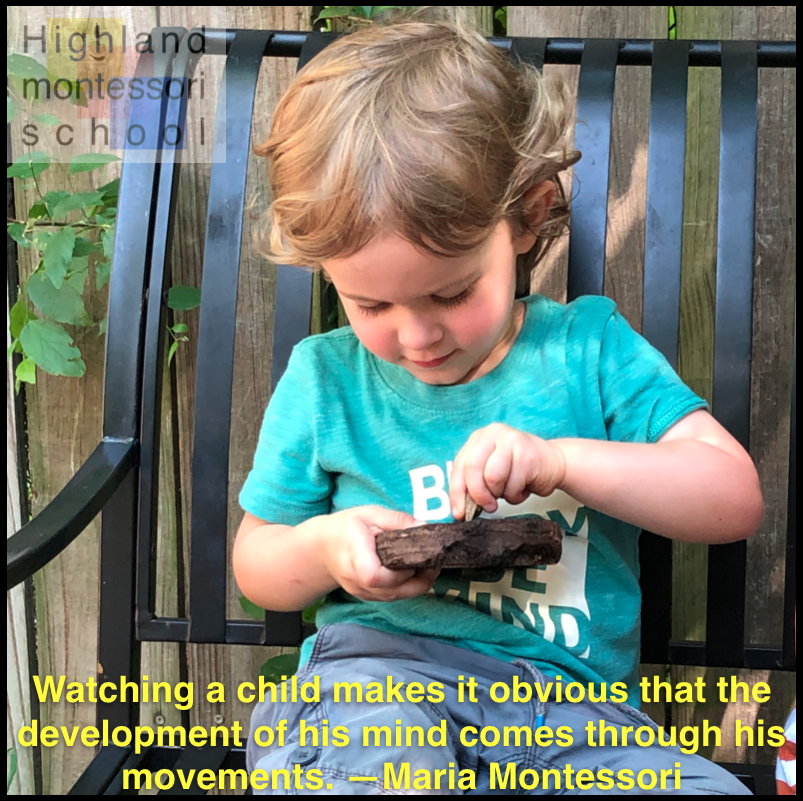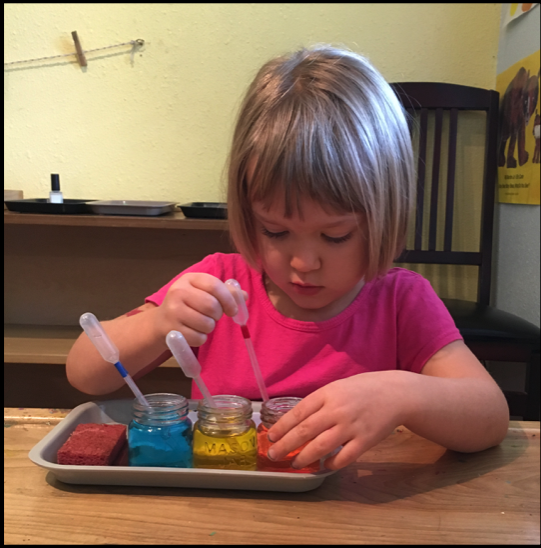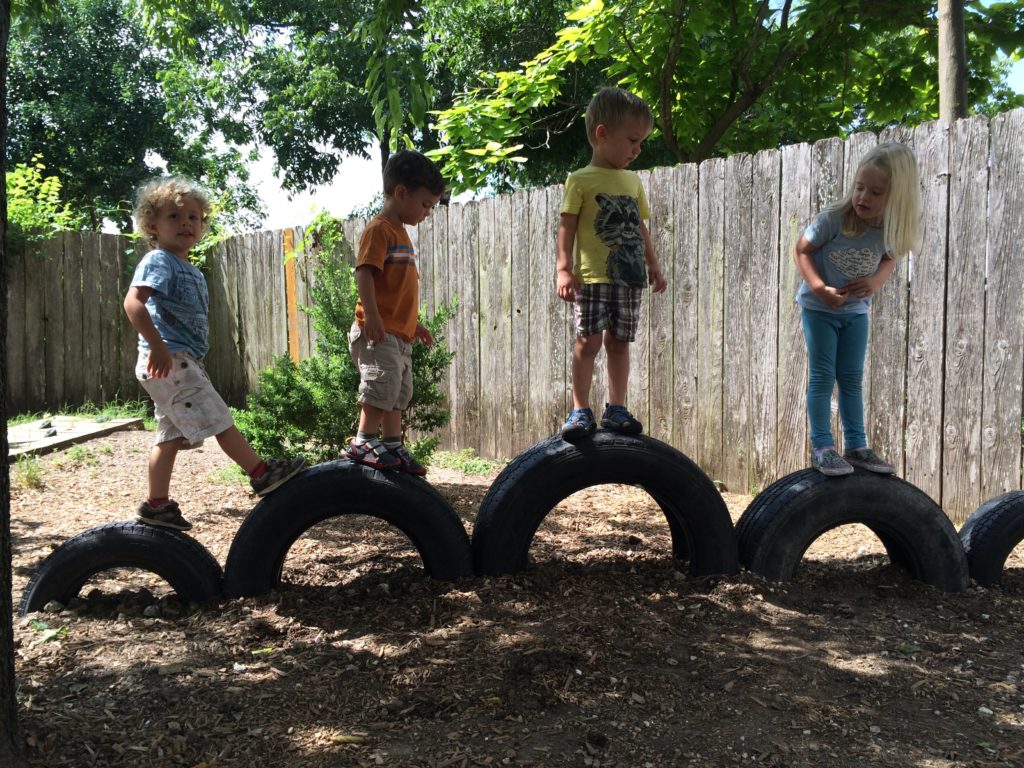
One of the most-cited phrases used about a Montessori education is “follow the child.” So, just how much do we actually do that? And, how is that even safe?
We Montessorians often speak of independence. We want the child to be able to choose what she or he wants to do. But, of course, we have to set some boundaries to ensure that the chosen activities are those that are correct for their age and abilities.
Rather than simply “follow the child,” a more appropriate, actual quote by Dr Montessori herself is more of a warning to teachers: “to let the child do as they like when they have not yet developed any powers of control is to betray the idea of freedom.”

Indeed, watching a young child in a classroom, on a playground or in your home can cause the heart to flutter as they move, climb, sit, stand, jump and in so-doing manage to fiddle with everything within reach. No doubt, a child does not miss even the smallest thing. And that’s the key. The “environment,” as Dr Montessori referred to it, is the surroundings in which we place the child, the world in which they will move, learn and grow. And thus in a Montessori school we take so much care to appropriately tailor our classroom and playground such that the child might best develop on their own, with as little guidance as is (safely) possible from us adults.

“When we speak of ‘environment’ we include the sum total of objects which the child can freely choose and use as they please, that is to say, according to their needs and tendencies. A teacher simply assists at the beginning… introducing the child to the ordered and active life of the environment… leaving the child free in the choice and execution of work.”
Dr. Maria Montessori
